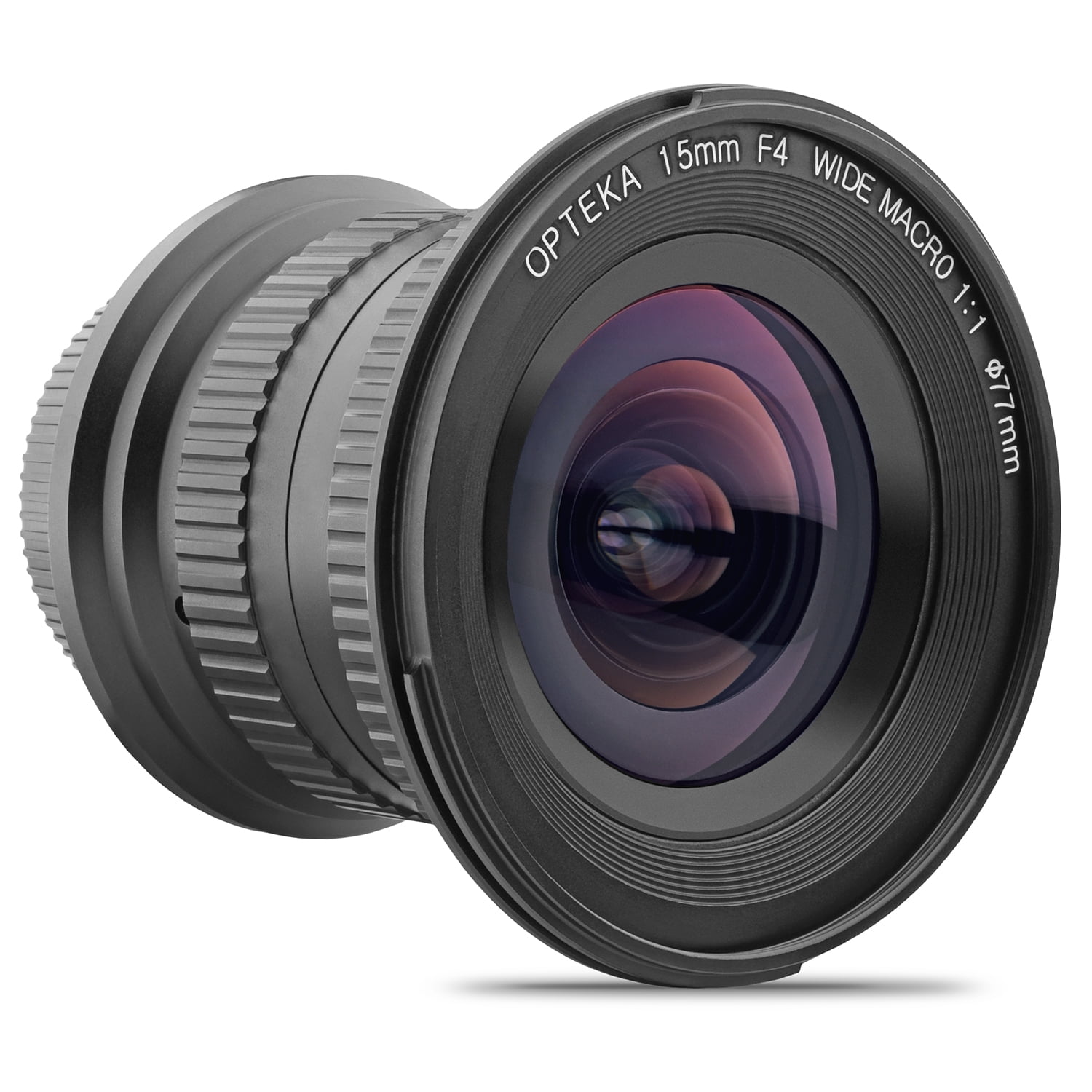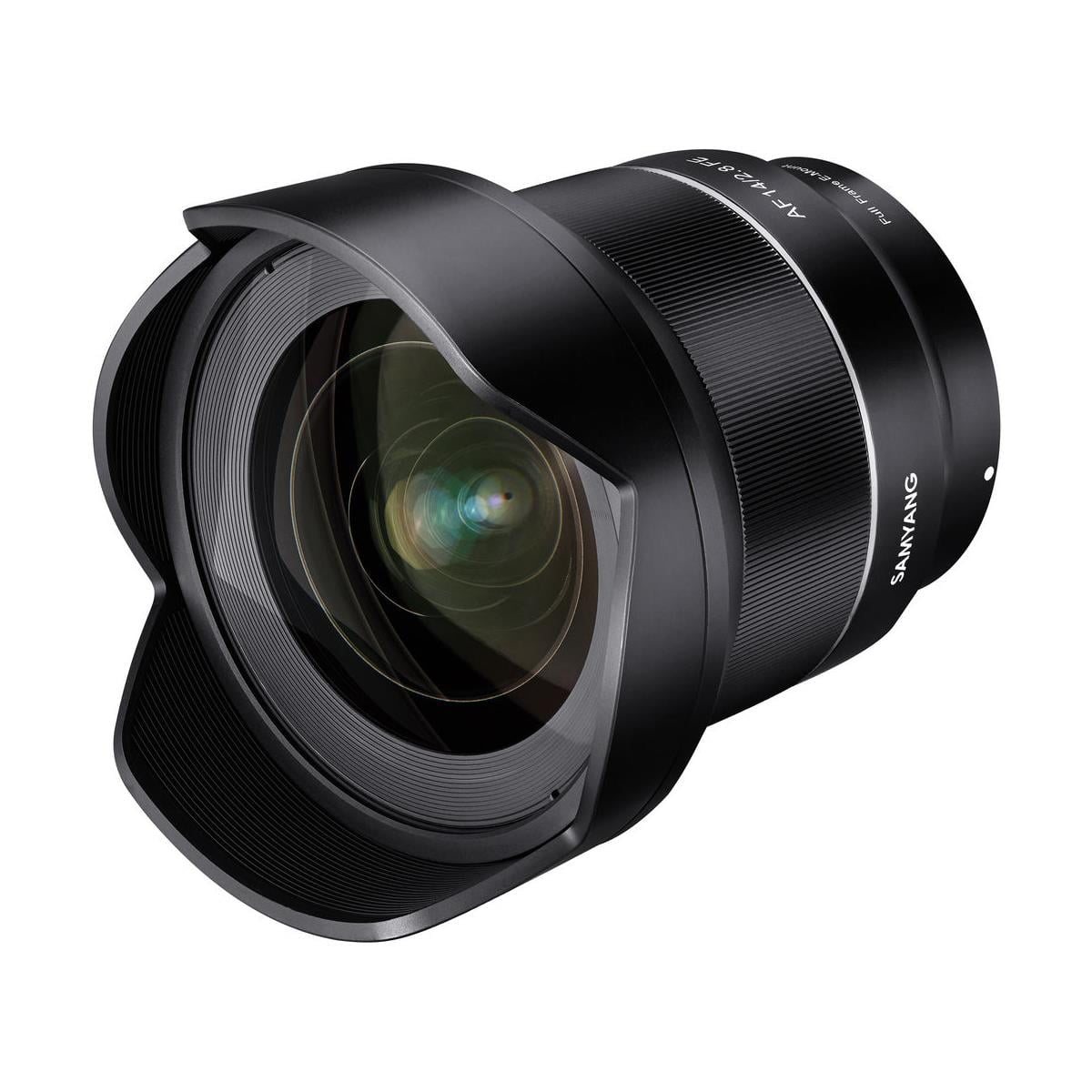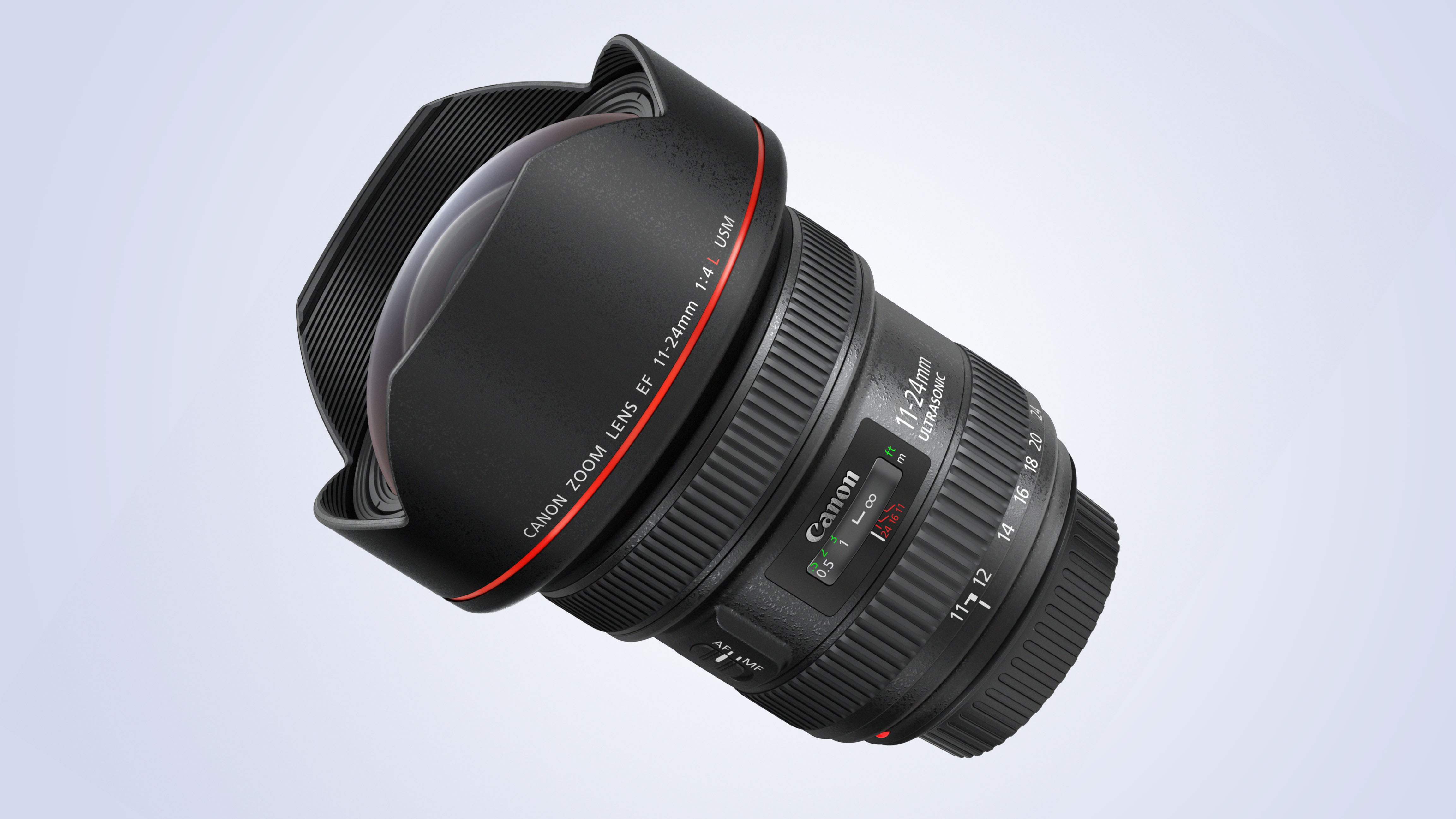

vast zoom range allows you to capture a good variety of subjects.

It has decent optical performance and good optical stabilisation that can save the day in low light (with static subjects) when you don’t have a tripod with you. The 18-150mm is longer and a bit heavier than the other Canon EF-M lenses (excluding the 55-200mm), but it’s a minor trade-off considering the vast zoom range it offers. Canon EF-M 18-150mm F3.5-6.3 IS STMĪutofocus – optical stabilisation – 29-240mm equivalent That’s why they are a popular solution and every camera manufacturer has at least one in its catalogue. If you’re new to photography and don’t know what they mean, fear not! We’ve included an explanation for all of them at the end of the article.Īn all-purpose zoom allows you to go from wide to telephoto without changing lenses. Throughout the article you’ll read some technical terms like chromatic aberration or vignetting. If you’re curious to know more about these cameras, the following articles will help. We tested most of these lenses with the Canon Eos M50 II, which is very similar to the M50, and shares characteristics with other models such as the M200. For your convenience, we added the links for each product. Also, a hood adds a bit of extra protection to the front of the lens. It won’t get rid of them completely, but it can help when the light enters the lens from an angle. If you read that a lens suffers a lot from flare, it’s worth considering one. Many lenses mentioned in this article are not supplied with a lens hood, and that includes most of the Canon EF-M lenses. In fact, a wide field of view in 4K is practically impossible, unless you own the M6 II. Add the 4K crop (2.56x) and you get a 46mm equivalent field of view, which means you’re not in wide-angle territory anymore. While the crop can provide an advantage if you want to “zoom” in closer to your subject, it can be more challenging if you want to record a wide view of a location, especially if you don’t have a lot of space to move around.įor example, the image above was shot at 11mm, which is 18mm equivalent in full frame terms (meaning you’re in the super wide-angle category). This is important to know because if you’re planning on making 4K videos, you’ll need to be careful to choose a lens that gives you the field of view that you need. Other Eos M cameras don’t have 4K capabilities. It doesn’t apply to the M6 II which can record 4K without a crop thanks to its new sensor and faster image processor. Important: this applies to the M50, M50 II and M200. This happens because the camera uses the central portion of the sensor rather than the entire width. If you’re interested in doing video work with your Eos M, you need to be aware that in 4K, the field of view is severely cropped. This also means that the aperture value is not saved in the exif data of your photos, and in-camera lens corrections (distortion, vignetting etc.) are ineffective.
CANON WIDE ANGLE LENS FULL FRAME MANUAL
Tip: make sure to enable “Release shutter w/o lens” in the menu of your camera (Setup Menu page 5 > Custom Functions > ) when using manual focus lenses, because they don’t have electronic contacts and therefore don’t communicate with the camera. Some of these MF lenses have a very fast aperture, others come at a very affordable price. For example, these lenses have a mechanical focus ring that can give you more precision and a better experience than the electronic rings found on AF lenses. There is no denying that autofocus is convenient, but manual focus offers advantages too. Manual focus lensesĪbout 70% of the lenses available for your M50 are manual focus lenses.

Since the M50 and other M cameras don’t have in-body stabilisation, this is something to consider if you do a lot of work hand-held for video, or stills in less-than-ideal light conditions. Optical stabilisationĬanon lenses (except the 32mm 1.4 and 22mm f2) and the Tamron 18-200mm are the only ones with optical stabilisation. If AF is a priority for you, these are the brands to concentrate on.
CANON WIDE ANGLE LENS FULL FRAME SERIES
The Eos M series has an APS-C sensor, which is 2.6 times smaller than 35mm / full frame.Ĭanon, Sigma, Tamron and Viltrox are the only brands producing autofocus lenses (Tamron has made only one, the 18-200mm released in 2014).


 0 kommentar(er)
0 kommentar(er)
